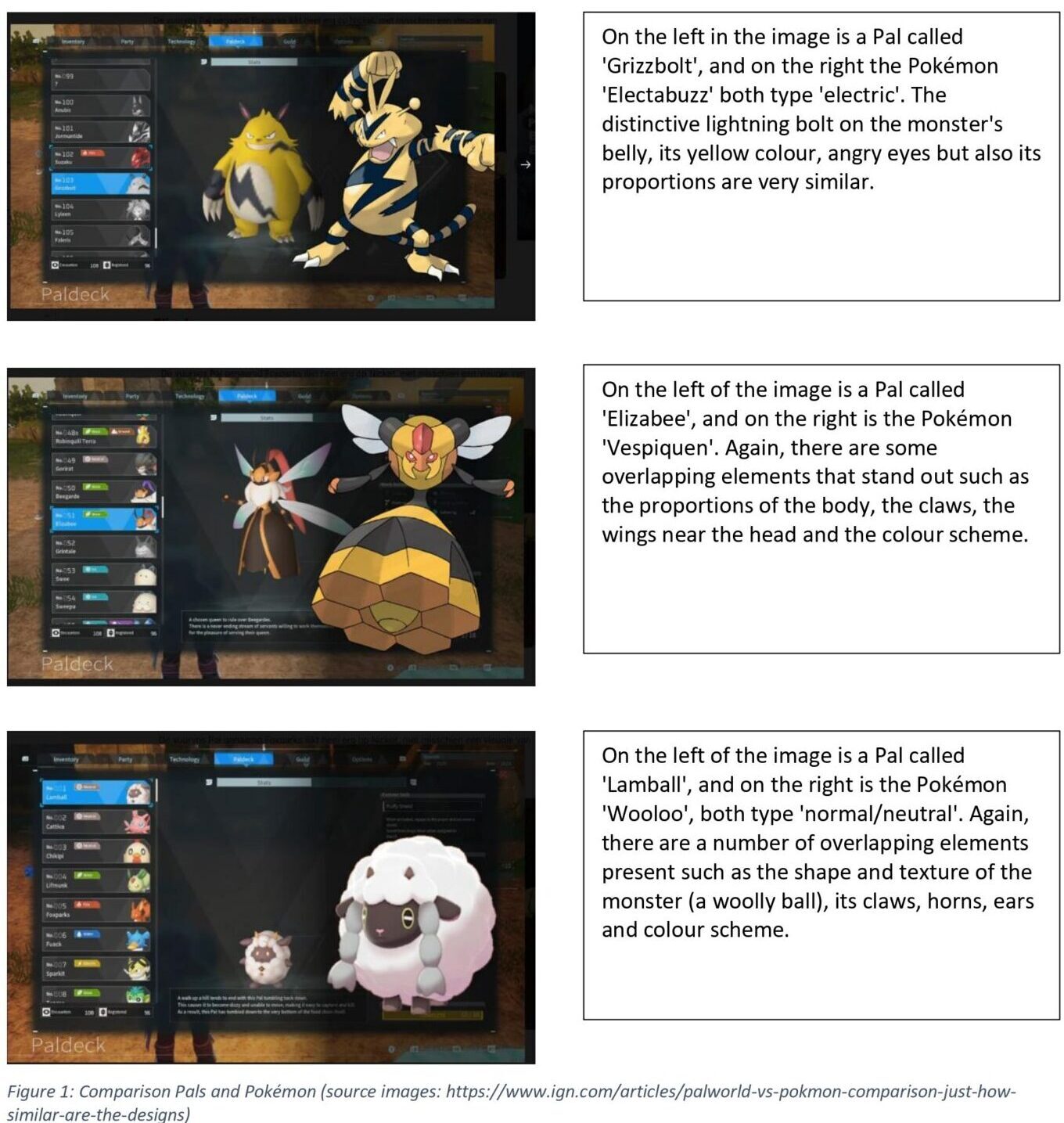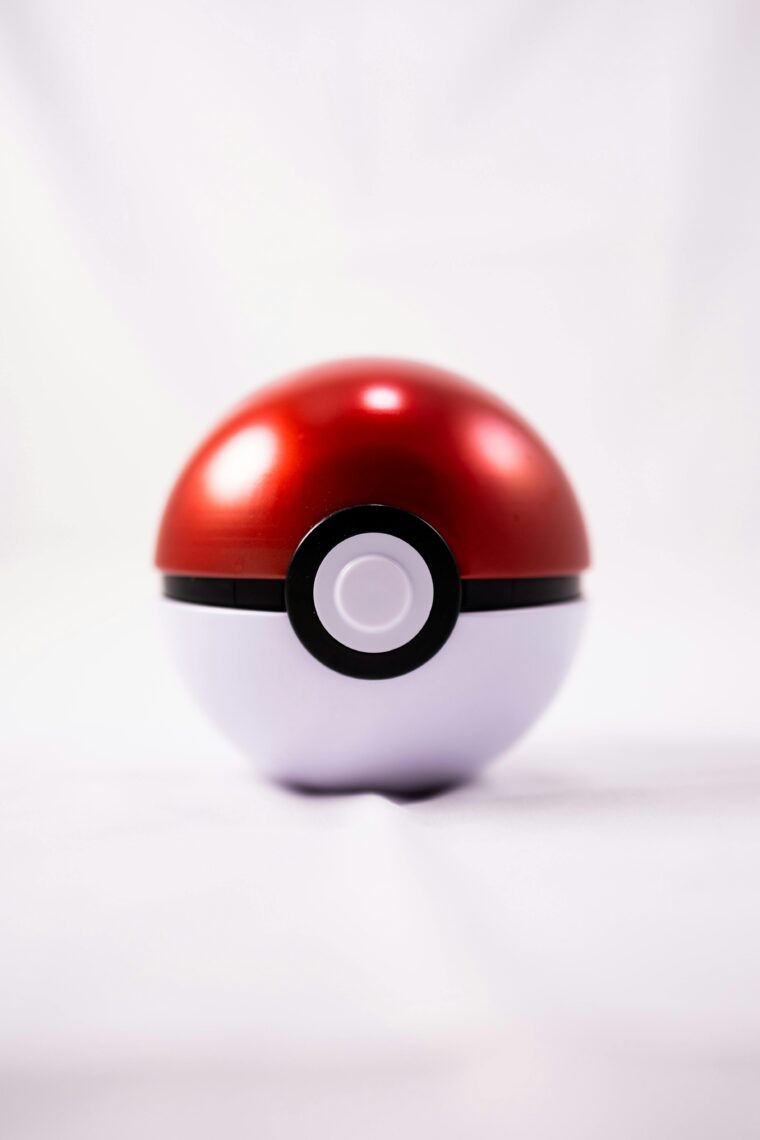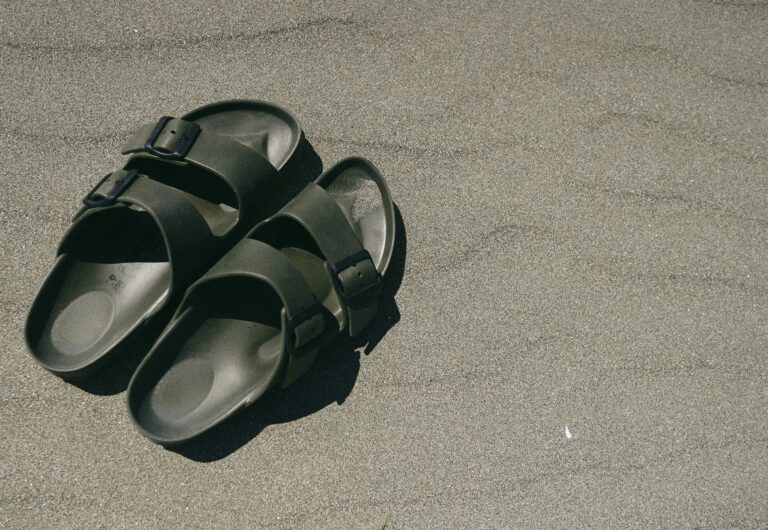Another eventful start to the videogame year. Breaking the silence, The Pokémon Company (hereafter: Nintendo) issued an official statement in response to many questions about a game launched in early 2024 that appears to lean heavily on Nintendo’s own monsters from Pokémon. Nintendo claims that it has not authorised the use of any of its intellectual property rights. Nintendo has said it will launch an investigation and take action where necessary. In this blog, I cover what the commotion is about and what the possible actions in this context are for Nintendo.
Pokémon and Palworld: what are the video games about?
Earlier this year, Japanese developer ‘PocketPair’ launched a new video game, titled ‘Palworld’. The game is a so-called ‘surivival game’. It offers an open world in which players must survive by building an existence using weapons and adorably animated monsters that you catch in a small ball capsule known as ‘Pal Spheres’. Sound somewhat familiar? In 1996, Japanese developer Nintendo released ‘Pokémon’, a game featuring adorably animated little monsters that you catch in ball capsules ‘Pokéballs’ and who assist you in an adventure to become a ‘Pokémon master’. At first glance, these concepts are very similar. Among players, Palworld is also referred to as ‘Pokémon with weapons’. Which aspects of Palworld potentially pose problems and what can Nintendo do about them?
Intellectual property rights
When making a videogame such as Palworld or Pokémon, many different disciplines come together: a storyline, a music score, the visual design and, of course, software is used. Under intellectual property law, protection can be sought in the corner of copyright on the monsters, storylines and software code, and trademark rights Nintendo has registered such as the word and figurative mark ‘Pokémon’ and word marks on the individual Pokémon.
Possible actions for Nintendo
With videogames, ‘plagiarism’ or infringement of intellectual property rights is not always as easy to establish as with other media such as music. Under copyright law, a style as such is not protected. This also applies to video games, the style, for example, a videogame genre, such as a survival game, platform game or music video game is in principle not protected.
It often does build on concepts, combining existing elements from successful video games with new ideas and concepts. This also helps the video game industry develop further. So, a game in which you catch monsters is not in itself sufficient for infringement. However, it becomes problematic when the monsters are very similar to existing Pokémon. Below, I briefly discuss the elements Nintendo could invoke in a procedure.
Regarding the ‘plot’ of the game, Nintendo will most likely have a weak position, in this I think Palworld and Pokémon differ too much. Pokémon’s storyline looks at defeating leaders of ‘gyms’ to then obtain a badge and defeat the ‘Pokémon League’ at the end. Palworld is at its core a (traditional) survival game where the player has to survive using weapons and monster ‘Pals’. The games differ a lot in this with the only overlapping element being catching monsters in ball capsules.
The gameplay is also completely different; for years, Pokémon has been characterised by so-called turn-based combat. Here, players must wait for their opponent to attack before they can attack again. In Palworld, a more ‘open world’ approach has been adopted, which is more akin to other ‘adventure games’ such as the immensely popular ‘Elder Scrolls V: Skyrim’. So, in this respect, the games also differ substantially.
Comparison material
What then realistically remains in this case is then the appearance of the monsters used in Palworld and whether they are copies of known existing Pokémon.
Pokémon introduced its ninth generation of Pokémon in 2022, currently there are 1025 unique Pokémon. Palworld has 137 unique Pals. Where Pokémons and Pals overlap even more is in the fact that they are a certain ‘type’ for example ‘electric’. This could possibly factor in when assessing whether a Pal infringes on a Pokémon. Below is a comparison of some Pals with Pokémon.

As the images above show, certain Pals bear many similarities to existing Pokémon. These are therefore the potential stumbling blocks that could be at issue in an infringement case. For some of these Pals, it is almost impossible to imagine that the similarities are really pure coincidence.
Possible use of A.I.?
Comparing the Pals in Palworld to Pokémon might give the impression that the creators fed an A.I. tool lots of models of Pokémon and then made some of their own. It has not been confirmed anywhere that A.I was used, but it is not inconceivable. Should this be the case, it might complicate a possible copyright infringement. Currently, the prevailing view is that copyright protection requires human creation. Elements created using A.I. therefore (probably) do not enjoy copyright protection. This does not mean that PocketPair can hide behind the ‘it’s A.I.’s fault’ argument. The parts/elements designed by A.I. may still independently infringe Nintendo’s rights.
What will Nintendo do?
Whether Nintendo will actually take action is difficult to assess. For instance, there are a lot of Pals that are really substantially different from Pokémon, this means that an infringement case will not be entirely black and white. In addition, Nintendo also does not seem to have acted in the past in cases where the appearance of similar little monsters, such as Digimon, could at least have been questioned. This too involved small monsters that had to be captured and then taken on adventures. In addition, the first images of the Pals had already been made public over two years ago, something that raises the question of why Nintendo did not take action sooner.
Finally, Nintendo might want to defend itself against the fact that an element of violence has been added to Palworld, namely weapons such as fully automatic rifles. If the Pals look too much like Pokémon and Nintendo’s reputation is hit as a result, Nintendo might want to stand up to this.
As a firm, SOLV specialises in the intersection of intellectual property and technology. Do you have any questions as a result of this blog or need advice on these topics? If so, feel free to contact us.




